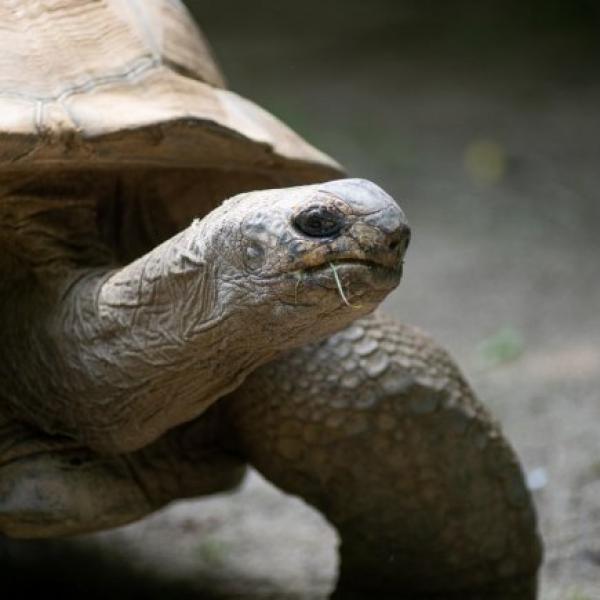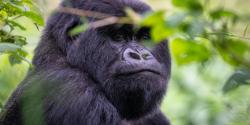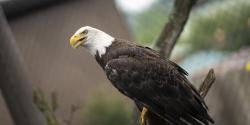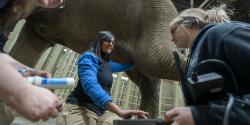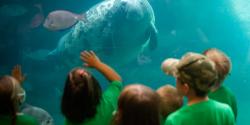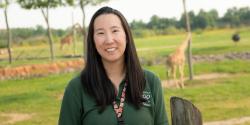Aldabra tortoises are known for their large size and long lives. They are the second largest tortoise species in the world, second to the Galapagos tortoise.
The species can easily live over 100 years! Bubba, who hatched in 1947, is the oldest animal at the Columbus Zoo and Aquarium.
Scientific Name: Aldabrachelys gigantea
Conservation Status: Vulnerable
Size: Carapace (shell) size ranges from 3.5 to 5.5 ft. in length
Weight: Males can weigh more than 500 lbs. and females about 250 lbs.
Median Life Expectancy: Data deficient

